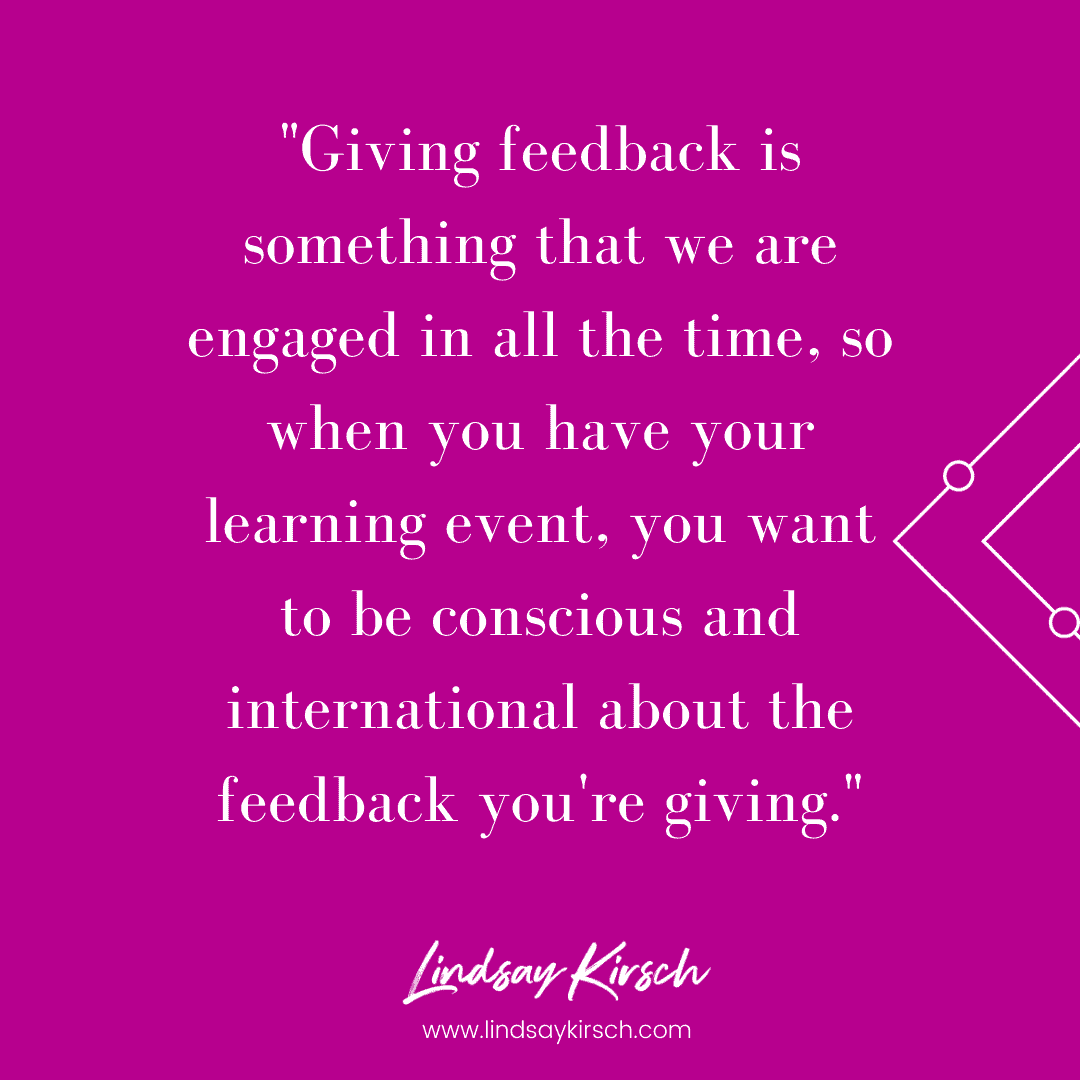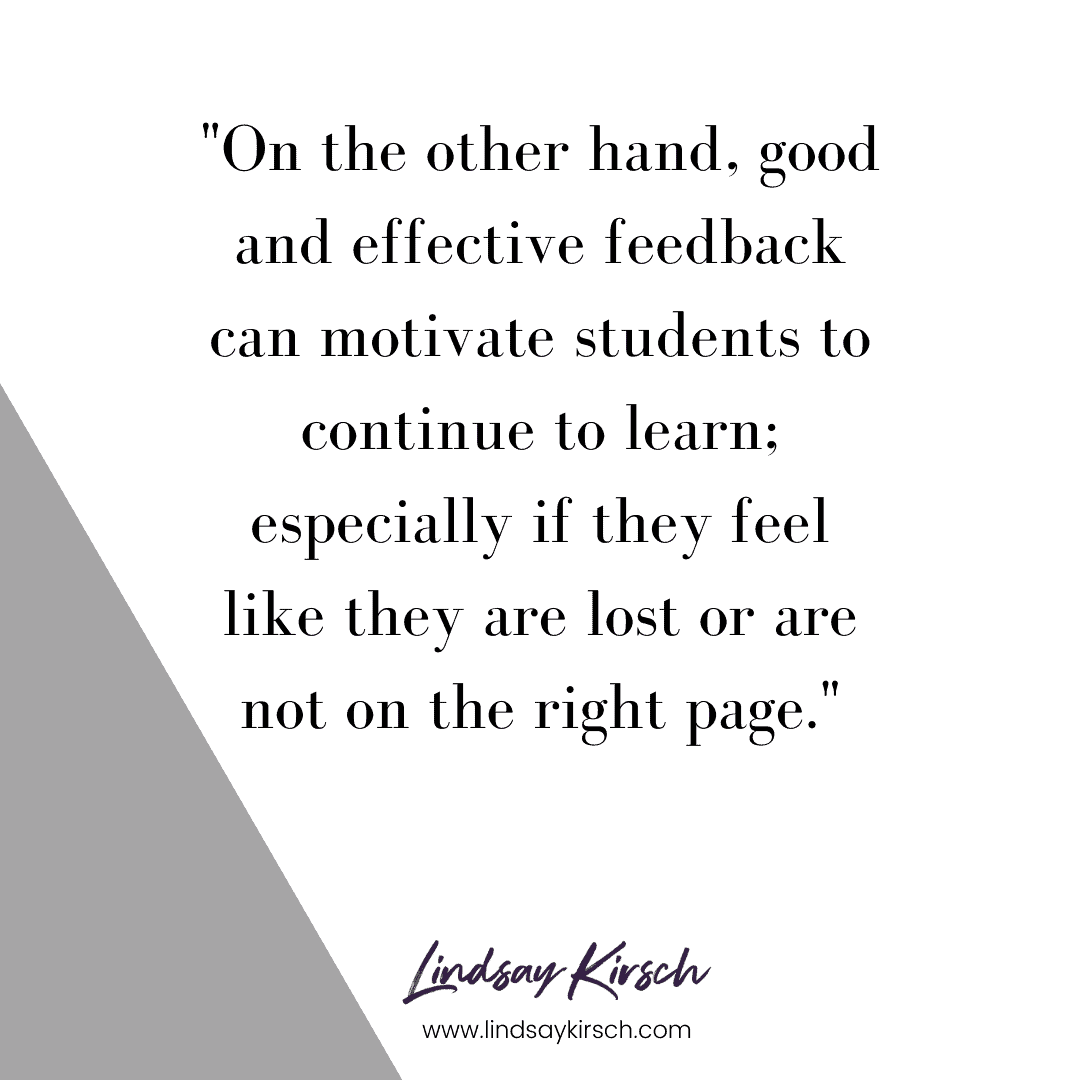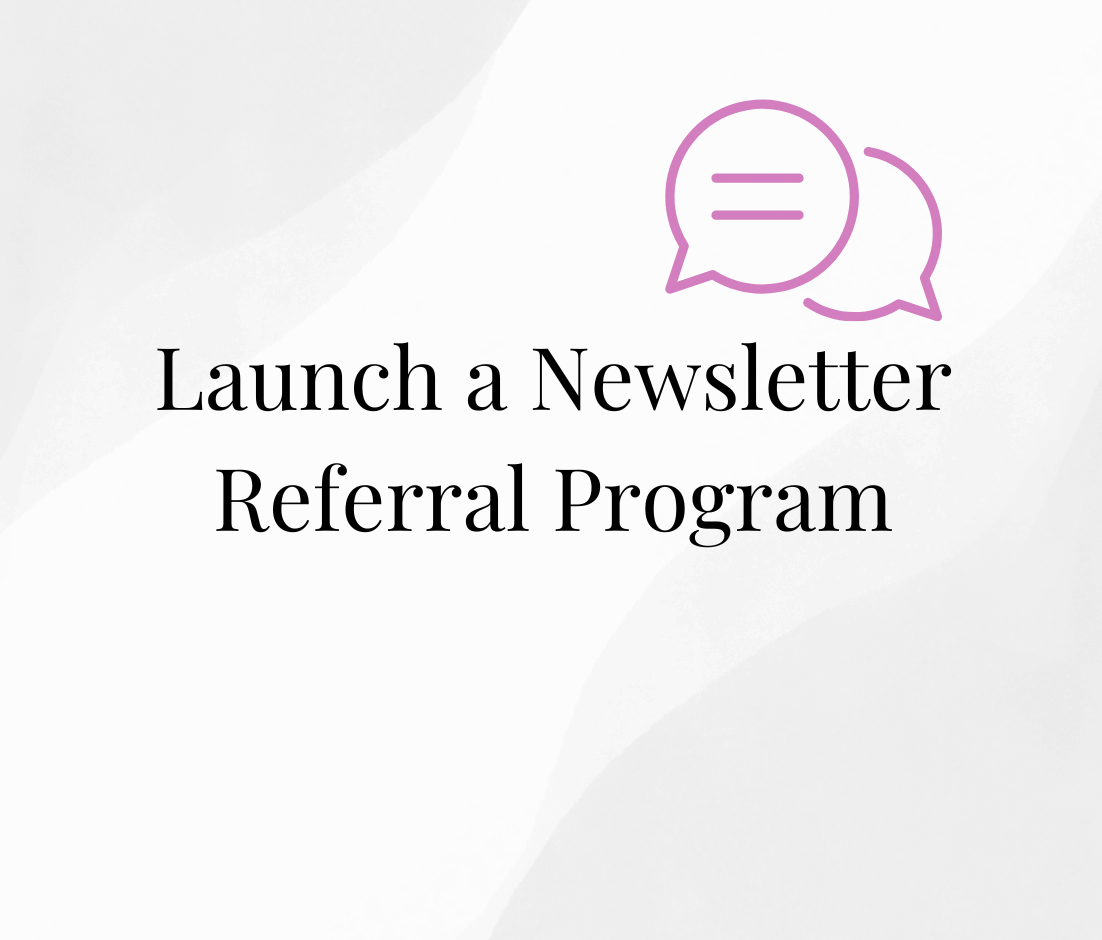Have you ever worked on a new project or were learning some new material and thought you were doing well until you were done and then found out you were completely off track? You probably could have used some good and timely feedback while you were working or learning, right?
If you’re giving your audience new material to learn and master, you know that you can’t present the information and then just leave them on their own to figure it out. In this Vlog post, you’ll understand how and why learner feedback is crucial for your audience to successfully understand and use your material.
An Upsetting Surprise at the End of a College Course
A few years ago, I was enrolled in a certificate course through an online college. There was one particular course I was taking and really enjoyed. The topic was on self-care–specifically, the different kinds of self-care practices along with learning how to help others to boost their self-care routines through effective coaching.
Although I loved this class, there was a significant drawback. The facilitator didn’t require participation, such as posting relevant questions and comments in a discussion forum. Or even, to get feedback on my practice coaching sessions. Instead, I just read the assigned material, wrote my papers, and that was it. There was no other class interaction.
Since I didn’t hear any feedback, good or bad, I thought, “No news is good news!” But boy, was I mistaken. Even though I was enjoying the course and diving into the content, I wasn’t learning the material as thoroughly as I had thought.
At the end of the semester, I handed in my final paper. I was excited to be on break!
I was 100% sure that I had an A for the class. After all, I loved the content; I immersed myself in it… there was no way it would be any other way.
Cut to a few weeks later, when I go and get the mail and find my grade report. I’m not expecting anything unusual as I rip open the envelope. I had worked hard in this class, and I was sure that my grade would reflect that.
I was shocked beyond belief when I saw a C staring back at me.
A “C” ?!?!?! How could this have happened?
I couldn’t even really process what I was seeing. I was so confused.
I did all the assigned work. I was immersed in what I was learning. I believed, throughout the whole semester, that I was going to get an A. I had always been an A-student, so I was very upset.
This was so unfair! This wasn’t right at all!
I was livid and felt completely let down by the instructor. I had worked so hard in this class. I didn’t miss any assignments, but I still had a C.
How could I have been wrong all this time? And why didn’t the instructor saying anything to me at all?
Why was there no feedback given so I could have learned the material correctly (and, of course, gotten a better grade)?
Back to Gagné’s Nine Events of Instruction
If you’ve been following this blog series, you know that we have been covering Gagné’s nine events of instruction.
Here’s a quick review of what we’ve learned so far.
- The first event: Grab your audience’s attention.
- The second event: Paint the big picture of where you’re headed with your content.
- The third event: Create bridges between previously learned and new knowledge through memory recall.
- The fourth event: Provide your content.
- The fifth event: Guide your audience through your content.
- The sixth event: Provide safe places for your audience to practice what they learned
The seventh event is to provide timely and helpful feedback.
We should define what feedback is. Here’s how Susan E. DeFranzo from SnapSurveys defines it:
“The term ‘feedback’ is used to describe the helpful information or criticism about prior action or behavior from an individual, communicated to another individual (or a group) who can use that information to adjust and improve current and future actions and behaviors.”
Bob Dignen from Cambridge University Press said it best when it comes to why feedback is so important: “The only way to make sure we don’t continue making the same mistakes is to get feedback.”
I sure could have used some feedback when I was taking that course on self-care!
So, if you want to make sure that your audience is on the right track and is learning your content correctly and efficiently, you’ve got to set up your learners for success not only from the beginning but also along the way.
That way, your learners will feel confident in what they are doing, but have evidence they are accurate as well!

How to Give Feedback During a Learning Event
Giving feedback is something that we are engaged in all the time, so when you have your learning event, you want to be conscious and intentional about the feedback you’re giving.
One great and easy way to provide feedback to your audience is during practice activities. For example, if you want to teach your audience via video on how to make the BEST PB&J, then you should have your audience practice crafting their sandwiches on camera as well. Then students can share their videos with the class while critiquing other videos on what worked and what didn’t work.
By having students critique each other’s work, they will not only get the feedback needed to improve on their sandwich-making skills, but they can also sharpen their critical thinking and analytical skills, which also boosts their overall learning experience.
Another way to use practice hand-in-hand with the feedback process is with a simulation or branching tree. Using these tells enables students to “choose their own adventure” and walk through a practice scenario. As they journey through your material, they can be asked to select responses that are “good,” “better,” and “best,” with corresponding certain points or number values.
Through this activity, participants will be able to safely practice the material they are learning while receiving real-time feedback on how they are doing.
Feedback can come from not only peers but from the traditional 1-on-1 approach–from the instructor, coach, or mentor. The closer to real-life practice activity is, the more valuable this approach is for solidifying learning.
Not Just Any Kind of Feedback–GOOD Feedback
Whether we’re trying not to offend anyone, or we just aren’t clear about what we want to see from learners, or our frustration starts to show through our words and our feedback comes out mean-spirited–feedback can get very cliched, muddled, and altogether unhelpful. Then the participant is struggling with how to apply what they have heard from their peers or instructor.
Douglas Stone, the author of Thanks for the Feedback: The Science and Art of Receiving Feedback Well, had this to say about vague feedback in an interview on Forbes.com:
“Too often, we get vague, label-y feedback (“you’re not aggressive enough,” “you’re not a team player,” “you’re not warm”) that might mean something to the person giving it, but has no clear meaning to the person receiving it. “Not aggressive” could mean a million different things, even conflicting things. So step one is understanding the feedback: “When you say I’m not aggressive enough, what does that mean? What’s an example, and what I would I do differently?”
You don’t want to obfuscate what participants need to do to understand your material. You want to give feedback that is specific and purposeful–otherwise, your learners will leave your course or learning event without fully grasping what you were trying to teach them.

To go back to the BEST PB&J example, not helpful feedback would be like this: “That sandwich looks sloppy.”
Maybe the participant knows what you mean, but maybe they don’t. Maybe the sandwich looks perfect to them. You know what you mean by sloppy, but does your participant?
A better way to give feedback is not only saying what’s not working but also how to make it better: “Looks like you used too much jelly in your video and it’s seeping out of the sides of the sandwich and through the bread. You’ll want to use less jelly next time, maybe just a tablespoon to start.”
We want to help others to be successful, and giving good feedback is how you can ensure that success.
Unhelpful feedback can be demoralizing and can cause your participants to check out or disengage from your material. On the other hand, good and effective feedback can motivate students to continue to learn, especially if they feel like they are lost or are not on the right page. The TED-Ed blog has some more guidance on how to give effective feedback.
As for my class… I spoke to the Department Chair about my concerns, his response? “Well, it’s just an online class, what do you expect?”
I un-enrolled the program because I feel that every opportunity to learn… whether online or not should be treated with the learners in mind. In fact, because it’s an online course, usually communications and documentation are even more paramount than a F2F course.
Have you ever tried to learn something without much feedback? How about teaching a class? How did you handle giving and receiving feedback, both as a student and as a facilitator? After reading this, do you feel like you’ve given and received effective feedback? I’d love to hear your experiences in the comments below.



